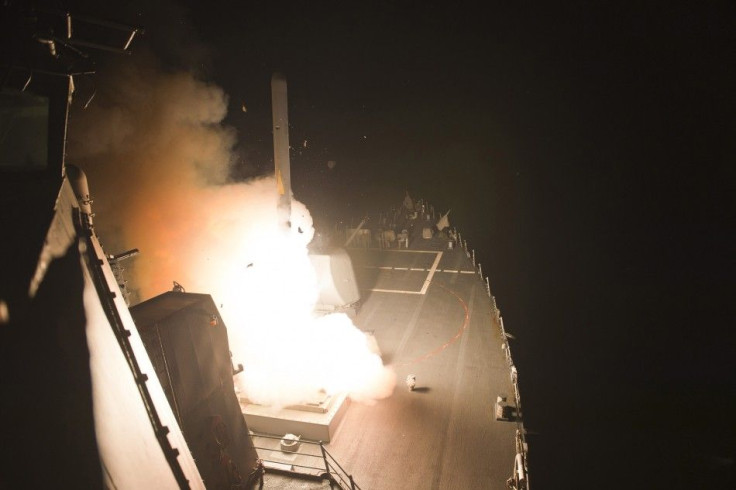Poland Defends US Missile Deal By Citing Regional Tensions And Russia Factor

Poland has defended the deal to purchase long-range missiles from the United States. Polish Defence Minister Tomasz Siemoniak justified the U.S. missile deal and said Warsaw cannot ignore the instability and current tensions in the region.
Referring to the "unprecedented" activity by Russian navy and air force in the Baltic Sea region, the Defence minister said a majority of the incidents involved Russian operations in international waters. Obviously,Poland sees Russia as the main enemy in the region and wants to be prepared. It is a member of NATO and expects back up from the trans-Atlantic alliance. Still, in the event of an attack by Russia, JASSM missiles can be a deterrent. After attending the signing ceremony of the deal on Dec 11, Siemoniak said the $250-million deal with the U.S. for missiles is the most modern acquisition of any military equipment that Poland ever had, said a report in RFERL News.
For Air Force
The missile deal involves 40 joint air-to-surface missiles that will be integrated into the Polish Air Force's three tactical squadrons of F-16 fighter jets. Approved by the U.S. State Department in October, the deal commits delivery in 2015 and operational deployment in 2017. The long-range air-to-surface called JASSM missiles will be a force multiplier for the Poland's F-16 fleet. It will be duly backed by control-measurement and testing equipment, software updates for F-16 integration and modernisation of on-board systems with bespoke training of the armed forces personnel.
Ideally, a conventional AGM-158 JASSM long-range air missile can neutralise highly strategic, well guarded land targets. Poland will get a 370 km range variant capable of carrying a 450 kg warhead. The U.S.-built JASSM missile had a slow evolution as a lethal missile. Australia was the first foreign customer for it. Entering production in 2002, JASSM faced many development problems. In the initial phase, the missile had many failures, until the assembler fixed all the bugs. At one stage, the U.S. Department of Defense was about to scrap the $6 billion JASSM programme, according to a study in Missile Threat News. But big orders from Australia and South Korea, and the possibility of deploying the missile against Iranian, Chinese, North Korean air defense systems sustained the programme.
Smart Bombs
Finally in 2009, JASSM became problem-free and entered service. This is the third generation of GPS guided smart bombs and are considered most expensive. The longer-range JASSM costs over $500,000 (400 km range) and the 900 kilometer JASSM ER costs $1 million per piece.





















